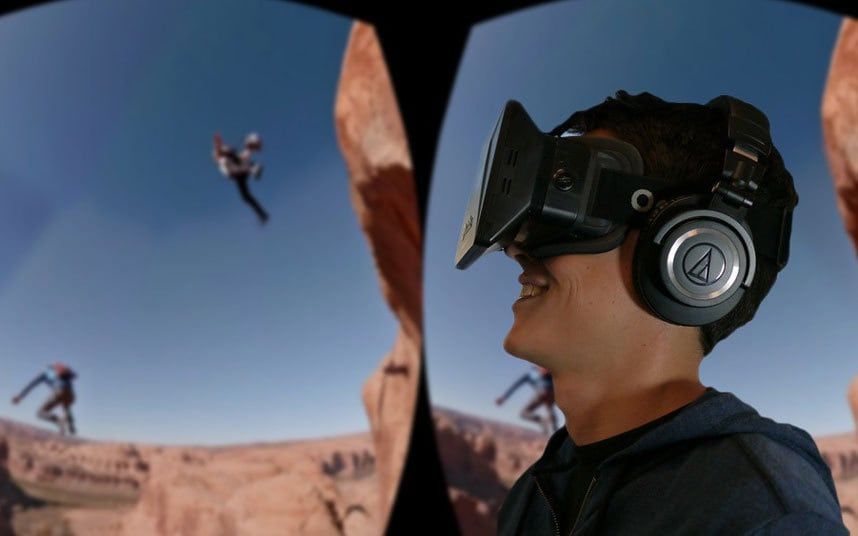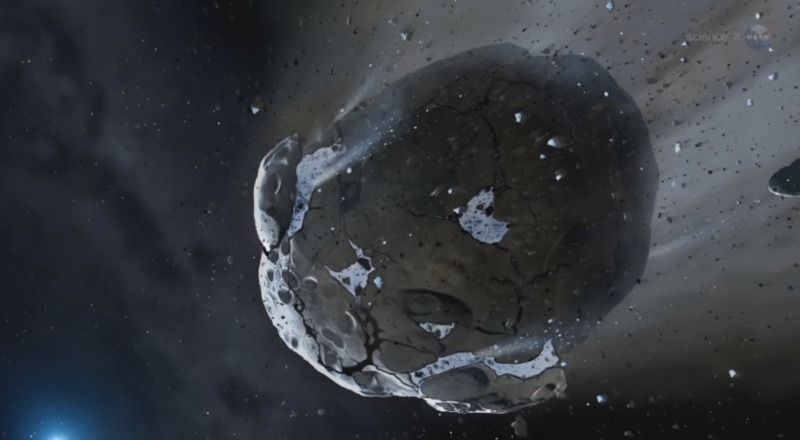Dec 12, 2015
Samsung just filed a patent for foldable smartphones
Posted by Shailesh Prasad in categories: entertainment, mobile phones
With tech giants around the world dipping their toes in the foldable display game, a flexible, rollable, and foldable smartphone was inevitable. And it looks like Samsung has the upper hand at this point, having recently filed a patent with the US Patent and Trademark Office for a slick new design.
Dubbed Project Valley, the product features a foldable display that could roll and fold in a number of different ways, according to the patent application. But Samsung will likely take advantage of the fact that a foldable screen gives you many different surfaces on which to display things, so we could see screens on the outside, inside, and flanks of the new device.
Continue reading “Samsung just filed a patent for foldable smartphones” »

















